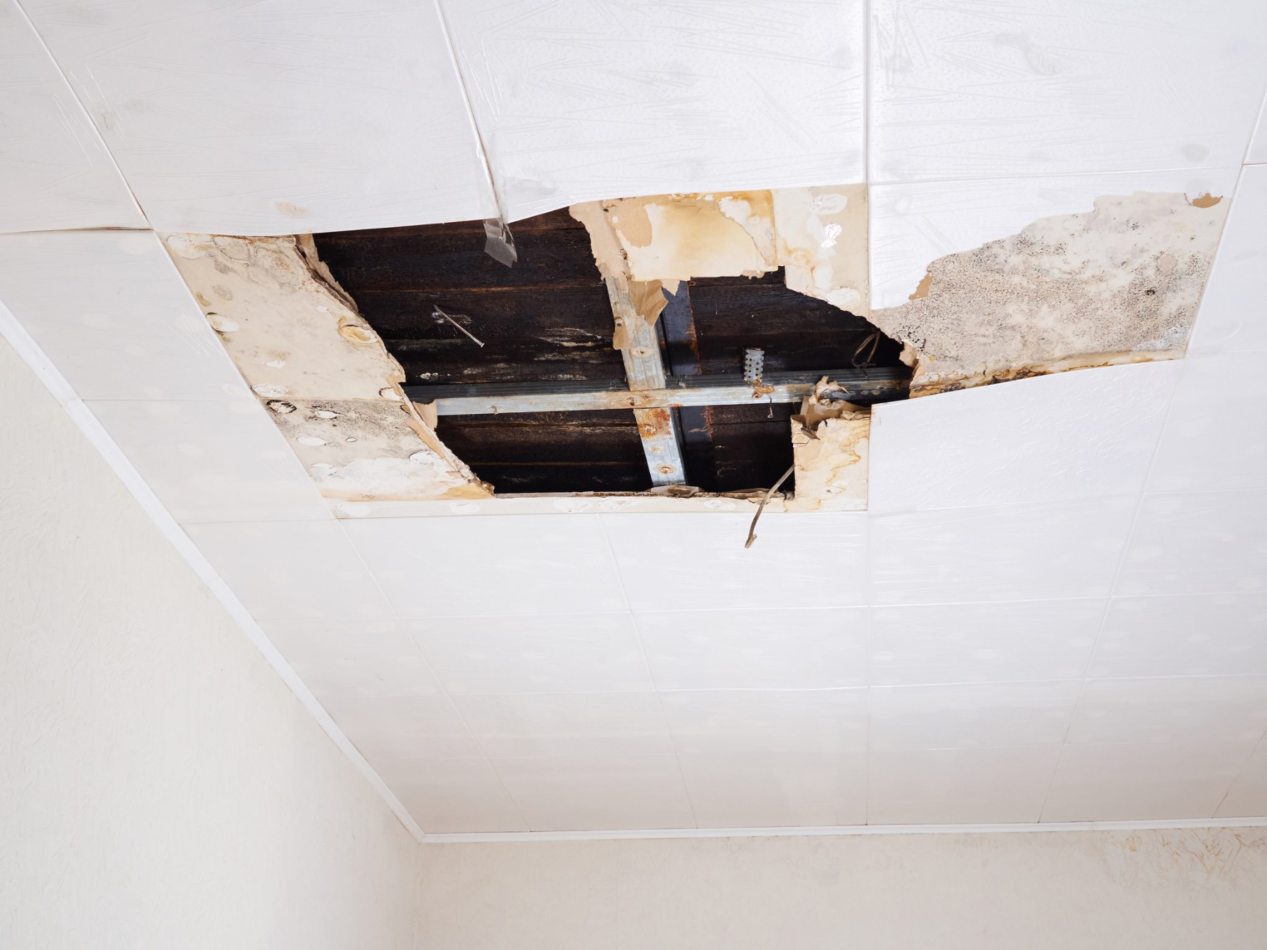Disaster-proofing your home requires good construction, quality building materials and practical preventative steps. There are some very simple steps you can take to disaster-proof your home and minimise interior damage.
Read on for the different products and advice you should incorporate into your disaster plan.
Practical Issues
Some of the most common disasters include cyclones, flooding, heavy rain, and strong winds. The best way to protect your home is to use your roof as a disaster prevention method.
Water and wind damage typically result from roof damage. Water entry into the home, in particular, can do an extraordinary amount of damage. Some of the main reasons for interior damage to the home are:
- Gaps in roofing: Even a small opening in the roof can let in a huge amount of water during a heavy rainstorm. This water penetrates throughout the home, including your electrical systems. Water can damage timbers and even foundations. Clean-up can be extremely expensive and very frustrating for homeowners.
- Guttering: A leaky gutter problem can be as bad as a gap in the roof. One of the main problems with guttering is that old, blocked or damaged gutters can create access into the building structure. It is important to check your guttering, downpipes, and any related roofing accessories for possible problems.
- Old roofing: A few roofing panels that should have been fixed a few years ago can cause tens of thousands of dollars worth of damage in a disaster. Maintaining your roof properly is one of the best possible forms of disaster-proofing. Just remember that a few dollars spent on your old roof can save you a fortune.
- Blocked downpipes: Debris and materials often get into downpipes. These materials build up over time; causing water to back up and potentially enter the home. The problem is that these blocked downpipes can deliver a lot of water exactly where you don’t want any water at all. Best practice is to ensure that your downpipes are free of debris. It’s a good idea to install a gutter guard to minimise the risk of clogged downpipes.
- Wind damage: Wind damage is usually caused by loose roofing panels. This is another maintenance issue, but it is a crucial part of disaster-proofing your home. You need to check the roof for any panels that seem loose or out of alignment. It is relatively easy to tighten those panels and realign them. (If you’re not sure how to do that, it’s a good idea to get a professional roofer to do this work.)
Roofing Solutions
The good news for homeowners is that roofing supplies can provide everything you need to disaster-proof your home’s roof. Ask your local supplier for advice, technical help, or suggestions about fixing problems and managing your roofing.
The other good news is that modern metal roofing, guttering, downpipes and other roofing accessories are relatively cheap. Whatever needs doing on your roof won’t cost you much and it can prevent an incredible amount of financial damage and property loss.
Ask Queensland Sheet Metal about Your Roofing Needs
If you’d like some help with your roofing in Brisbane, Queensland Sheet Metal is your instant solution for any roofing issues. Call us or contact us online and talk to our experts about metal roofing supplies.


